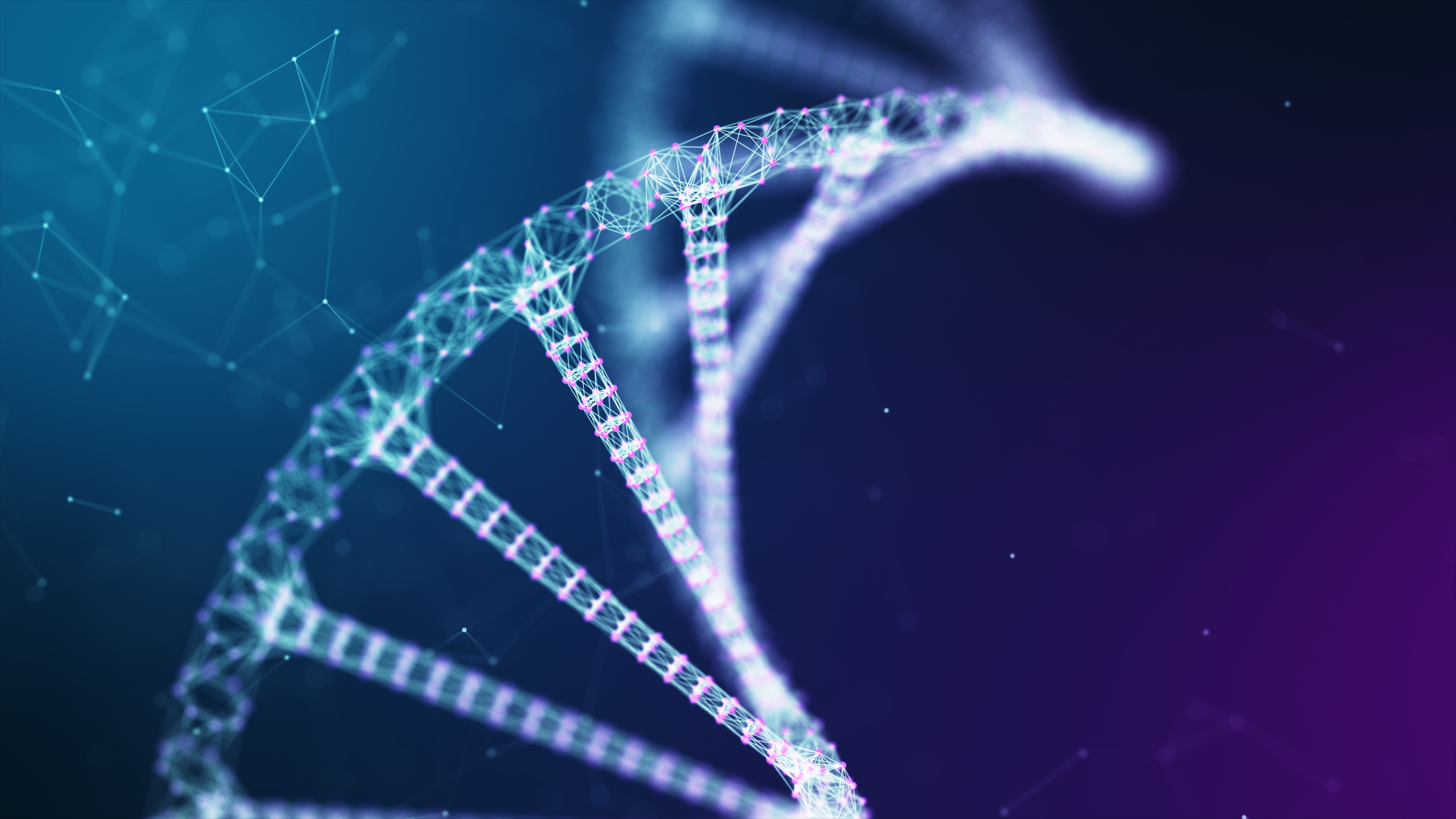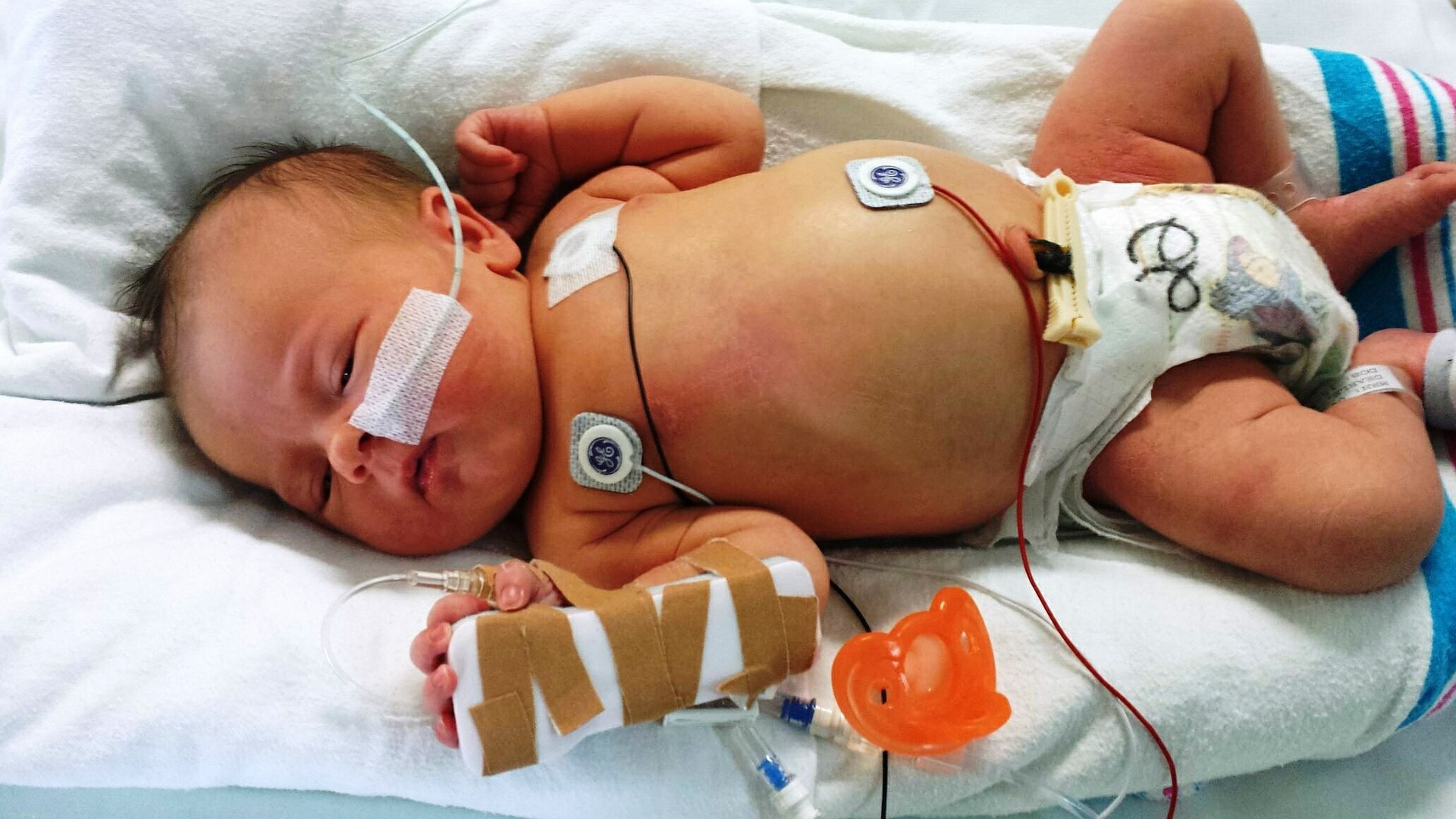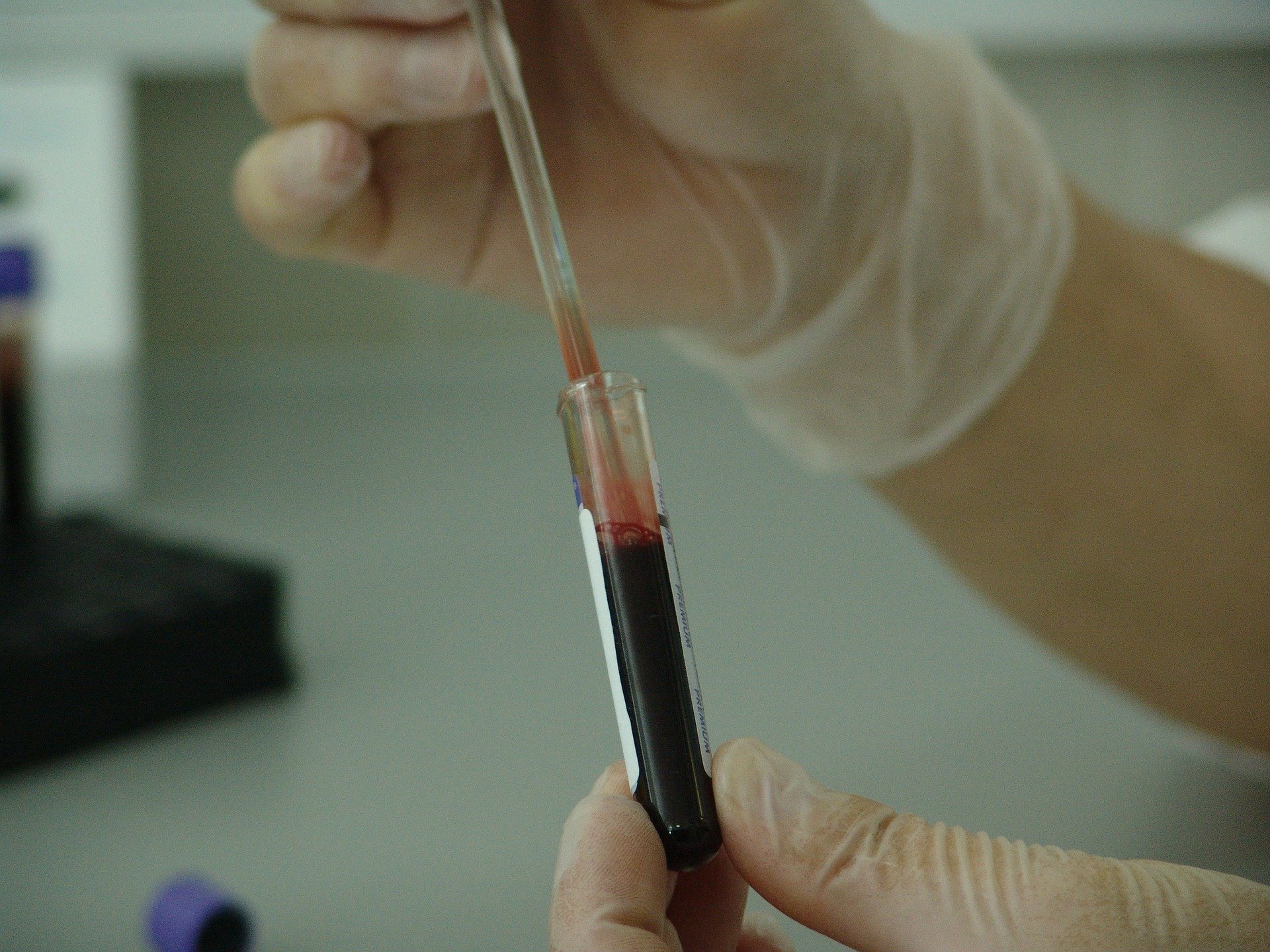Alpha Thalassemia
What is Alpha Thalassemia?
Alpha Thalassemia is a type of hemoglobinopathy which causes a substantial reduction in hemoglobin production in the body. Affected individuals present with anemia and other related complications.
The Alpha Thalassemias vary in severity, this variation is due to the mutations that cause reduction in the production of alpha chains the most severe is known as hemoglobin Bart and this affects the baby inside the mother’s womb causing intrauterine death and hydrops fetalis syndrome also called Hb Bart syndrome or Alpha Thalassemia Major. The milder type is known as HbH disease and the mildest is Alpha Thalassemia trait/minor.
Hb Bart syndrome presents with hydrops fetalis and in this condition due to severe anemia, fluid builds up in the body before birth. Other complications are hepatomegaly, splenomegaly, heart defects and other defects of the urinary system. Most babies with Hb Bart syndrome are stillborn or die soon after birth. Hb Bart syndrome causes severe obstetric complications in the mother during pregnancy like pre-eclampsia, severe bleeding and pre-term births. Though an intrauterine transfusion may save the fetus, there is a very high risk of physical and other developmental problems in the baby.
The milder type HbH disease presents with moderate to severe anemia, jaundiced condition, splenomegaly and skeletal changes especially facial bones. HbH normally appears in early childhood and affected individuals may not live up to adulthood if left untreated.
According to WHO estimates, at least 20% of the global population are carriers of Alpha Thalassemia. Alpha Thalassemia is widespread globally but most common in the Middle East, Southeast Asia, India, Southern China, Africa and some parts of the Mediterranean region. In SE Asia, the estimated incidence of Alpha Thalassemia is 1 in 200-2000 births. The incidence in all other regions is almost 4-20 individuals in 1000 births.
Patterns of Inheritance
Alpha Thalassemia is caused by mutations in two adjacent genes: HBA1 and HBA2 located on chromosome 16. These genes are responsible for coding alpha globin protein chains required for normal hemoglobin. Every individual has two copies of HBA1 and HBA2. A mutation affecting only one alpha gene does not cause symptoms and is a silent Alpha Thalassemia carrier. A mutation affecting two of the four alpha genes is asymptomatic and considered Alpha Thalassemia Minor. A mutation affecting three genes results in HbH disease while a mutation affecting all the four genes results in Hb Bart’s hydrops fetalis.
Hemoglobin H is unstable and results in ineffective erythropoiesis and hemolysis. Hemoglobin H-Constant Spring is an unusual variation of the disease as one of the affected alpha genes has a non-deletional mutation resulting in severe clinical outcomes.
Alpha Thalassemia is inherited in an autosomal recessive manner which means both parents have to carry the gene for the child to express the disease. Carrier parents means every offspring has a 50% risk of either becoming another carrier and a 25% risk of becoming an Alpha Thalassemia Major requiring lifelong treatment with blood transfusions.

Image source: Pixabay
Symptoms and Diagnosis
Symptoms
Signs and symptoms in Alpha Thalassemia greatly vary among individuals and the type of mutation inherited. Individuals with Alpha Thalassemia carrier or minor have no symptoms and remain healthy. In most cases, they do not even know they carry the disease until an incidental evaluation reveals the same.
Disease severity depends on the specific mutations present. HbH disease can be caused by deletional or non-deletional mutations. This can be either alone or in combination. In deletional HbH, three of the four genes that express alpha globin protein is removed. This is the most common type of disease. In non-deletional HbH, the deletion removes two alpha genes while a non-deletional mutation makes the third gene inactive without removal. Non-deletional mutations are associated with the most severe type of Alpha Thalassemia.
Hemoglobin H disease symptoms
HbH disease symptoms again vary among individuals. Some may get diagnosed in childhood while other go up to adulthood without being diagnosed. HbH disease presents with mild to moderate anemia. Some individuals present with clinically significant symptoms in early childhood like:
- Pallor
- Jaundiced condition with yellow skin and eyes
- Failure to thrive
- Feeding problems
- Fussiness and irritability
- Splenomegaly or enlargement of the spleen
- Hepatomegaly or enlargement of the liver
- Bone deformities
- Blood cell masses in the spleen, liver, chest and spine
- Leg ulcers
- Gallstones
- Folic acid deficiency
Individuals with H-Constant Spring have severe symptoms and anemia with a high risk of infections.
Babies born with Hb Bart’s Hydrops Fetalis present with acute edema in the tissues and organs, hepatomegaly, splenomegaly, impaired brain development and heart disease. Hydrocephaly in acute forms may also occur. Most babies with Hb Bart’s Hydrops Fetalis are usually stillborn or die in the neonatal period.

Image source: Pixabay
Diagnosis
If your pediatrician suspects thalassemia, he/she will do some simple blood tests to confirm. Some of the blood tests include:
- Complete Blood Count (CBC) which will usually indicate hemolytic anemia with increased WBCs (white blood cell counts), low platelets (due to expansion of spleen) and microcytic anemia
- Heinz body prep is a screening test for Hemoglobin H patients – golf ball inclusions may be present in the red cells
- The HPLC, Hb capillary zone electrophoresis is not useful for diagnosis of Alpha Thalassemia. The best way to diagnose is to do DNA testing by different molecular tests and PCR or other molecular tools are used to identify the mutation
In pregnant women, the fetus with hydrops fetalis can be diagnosed with an ultrasound.

Image source: Pixabay
Current Management
- Many HbH patients require periodic blood transfusions to make up for the reduced alpha hemoglobin production in the body. The transfusion requirement is variable
- Iron chelation - Apart from regular blood transfusions, iron chelation therapy in the form of deferoxamine (desferal) subcutaneous infusion (with a pump), oral tablets like deferiprone (kelfer), deferasirox (some available brands are asunra, desirox, defrijet or oleptiss) is required as the excess iron from blood transfusions accumulate in the vital organs causing severe damage and even death due to cardiac and liver failure. Your hematologist will be the best person to advise you on the best mode of iron removal. Please note that any medicine can have side effects and you need to keep your doctor informed if you experience side effects like joint pain, nausea, vomiting, gastric trouble or any other uneasiness
- Regular supplements and medications - your doctor may put you on some supplements like folic acid, other medicines like calcium, vitamin D, vitamin C and vitamin B12 may be given if needed. It is advisable not to take any extra tablets or supplements without first consulting your doctor
- Avoiding certain oxidant drugs in HbH disease to avoid sudden anemia after febrile illness
- Diet and exercise – it is recommended that patients follow a low-iron diet avoiding iron-rich foods like finger millet (ragi), red meat and soyabean. Regular, moderate exercise on the advice of the treating clinician is needed to maintain bone strength
People with Alpha Thalassemia can lead a fairly normal life if transfused regularly and compliant with iron chelation.
Investigational Therapies
Currently gene therapy for Alpha Thalassemia is in the experimental stage. Induced pluripotent cells (iPS) are being being studied as a curative. The mutant genes are well-documented and scientists have been able to produce blood cells from stem cells in the lab. Dr. Eric Bouhassira and his graduate student Chan Jung Chang at the Albert Einstein College of Medicine have reported in the journal Blood about the introduction of alpha globin genes into iPSCs from Alpha Thalassemia patients. When the stem cells differentiated in erythroblasts or immature red blood cells, they were able to detect a near-normal alpha globin expression.
This approach used zinc finger nucleases (ZFN) to target a safe site in the human genome to allow for expression of alpha globin genes with minimal impact on other nearby genes.
You can learn more about gene therapy for Alpha Thalassemia at https://pubmed.ncbi.nlm.nih.gov/23002118/

References
Description, Types, Causes, Diagnosis, Treatment
https://ghr.nlm.nih.gov/condition/alpha-thalassemia
https://rarediseases.org/rare-diseases/alpha-thalassemia/
https://www.hopkinsmedicine.org/alpha-thalassemia
https://www.stjude.org/disease/alpha-thalassemia.html
https://www.urmc.rochester.edu/encyclopedia/
Epidemiology
https://www.who.int/bulletin/volumes/86/6/06-036673/en/
Gene Therapy
https://stemcell.ny.gov/gene-therapy-thalassemia-in-ips
Chang, Chan-Jung, and Eric E. Bouhassira. "Zinc-finger nuclease-mediated correction of α-thalassemia in iPS cells." Blood, The Journal of the American Society of Hematology 120, no. 19 (2012): 3906-3914.
Standard of care guidelines
Children’s Hospital and Research Center Oakland
https://thalassemia.com/SOCGuidelines2012.pdf
United Kingdom Thalassaemia Society
https://ukts.org/wp-content/uploads/2019/12/Standards-2016final.pdf
National Health Mission India
https://nhm.gov.in/NHM_Hemoglobin_.pdf
Thalassaemia International Federation
https://www.resonancehealth.com/patient-management-guidelines/Thalassaemia.pdf
National Resources
New Delhi
Thalassemics India
Address:
A9, Nizamuddin West,
New Delhi - 110013
Phone: 011 41827334, 46595811 or 9810019950
Email - thalassemicsindia@gmail.com
Website - http://www.thalassemicsindia.org/index.php
National Thalassemia Welfare Society
Address:
KG 1/97, Vikas Puri,
New Delhi-110018
Phone 011-25507483, 25511795 or 9311166710,711,712
Email -: ntws2015@gmail.com
Website - http://www.thalassemiaindia.org/Default.aspx
Disease Videos
Beta Thalassemia - causes, symptoms, diagnosis, treatment, pathology
Alpha-thalassemia - causes, symptoms, diagnosis, treatment, pathology
What is thalassemia
Reimaging beta-thalassemia and its treatment
All about thalassaemia
Keywords
Alpha Thalassemia, Hemoglobin, Carriers, Minors, Trait, HbH, Hemoglobin Bart Hydrops Fetalis Syndrome, Hemoglobin H-Constant Spring, HBA1, HBA2, Erythropoiesis, Hemolysis, Bone Marrow Transplant (BMT), HLA-Match, Blood Transfusion, Iron Chelation, Serum Ferritin, Deferoxamine, Deferasirox, Deferiprone, Folic Acid, Gene Therapy, Zinc Finger Nucleases (ZFN), Induced Pluripotent Cells (iPS)